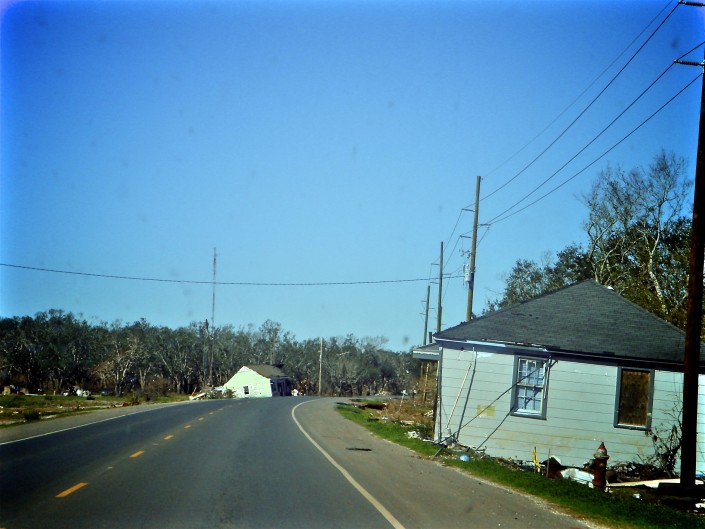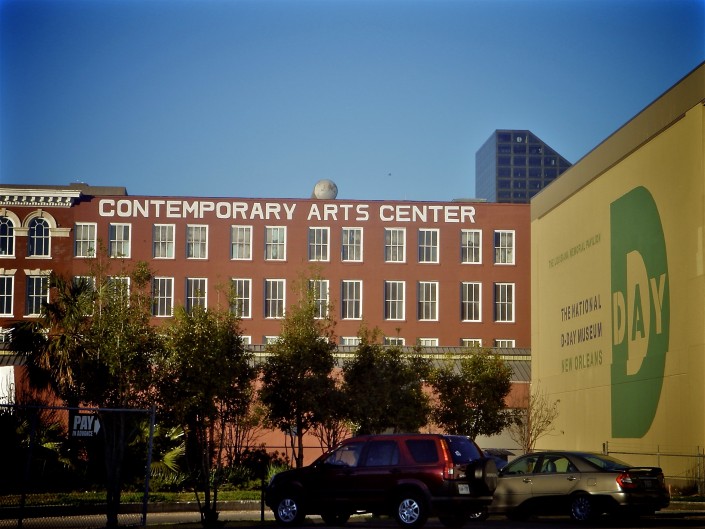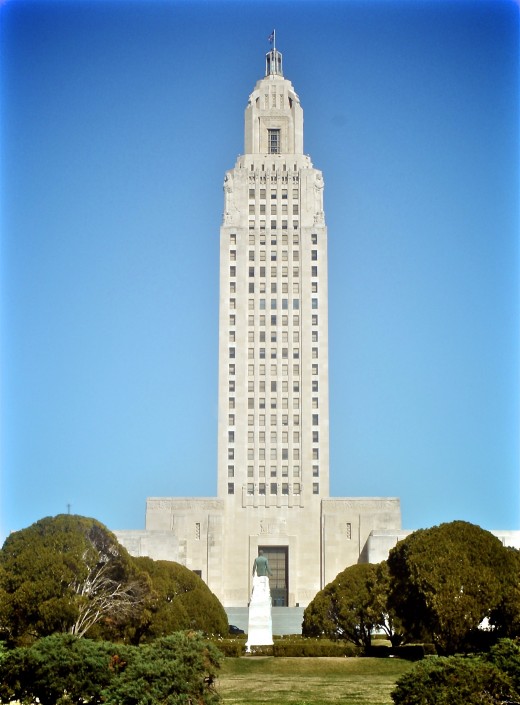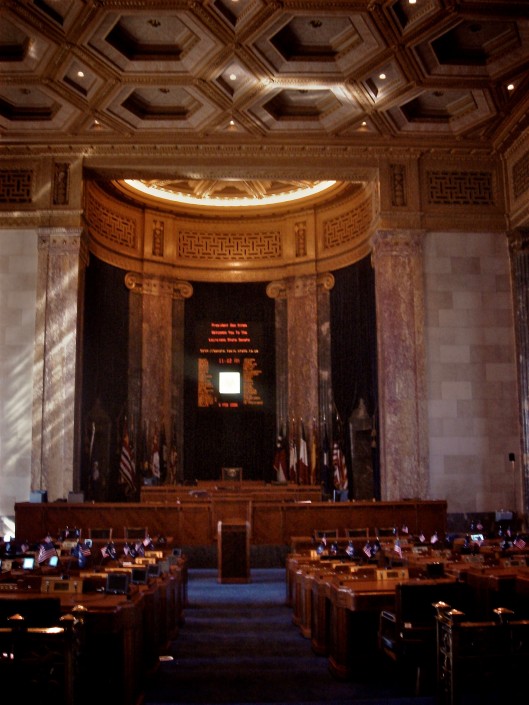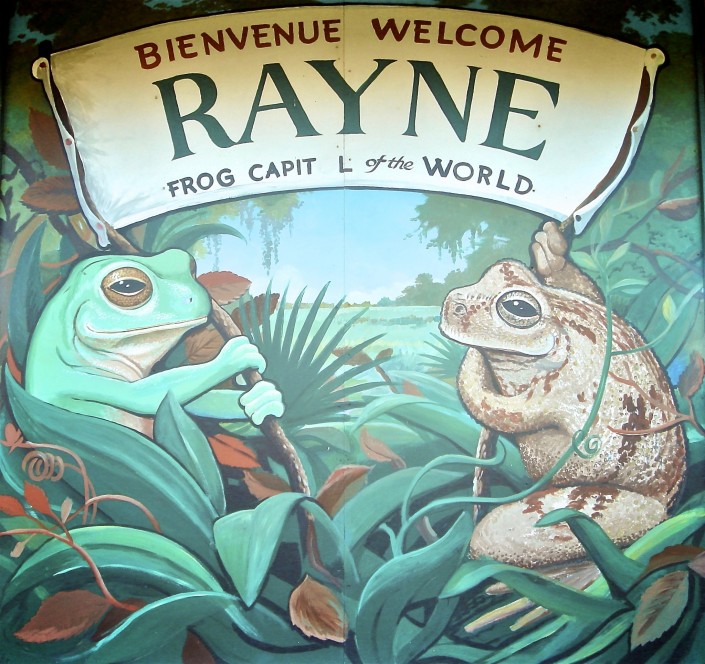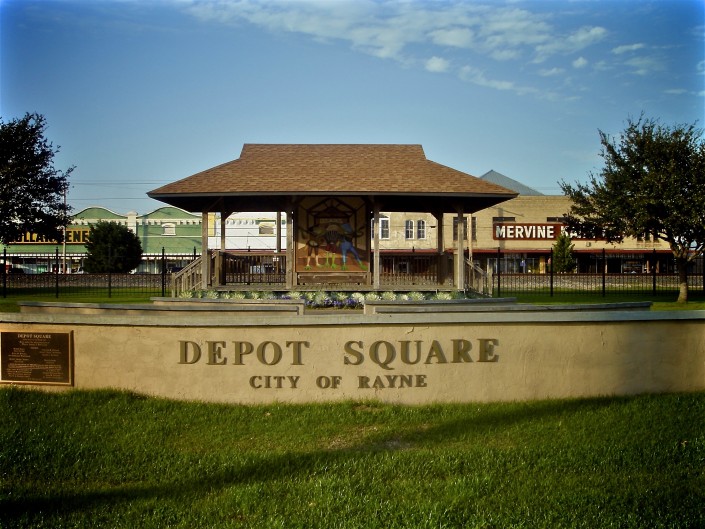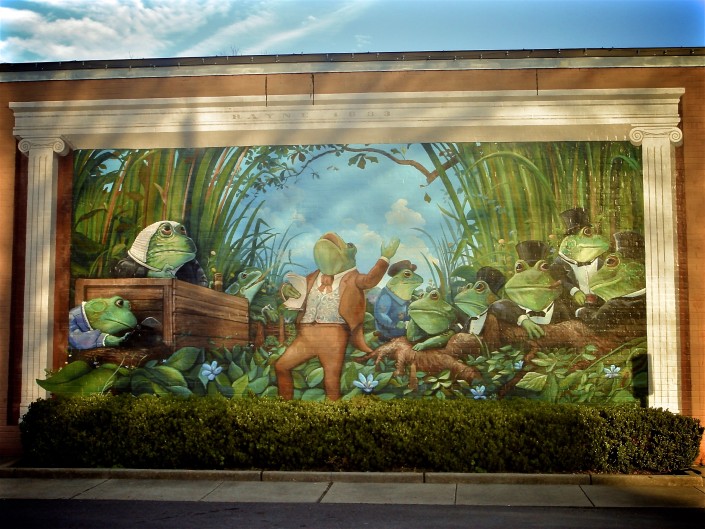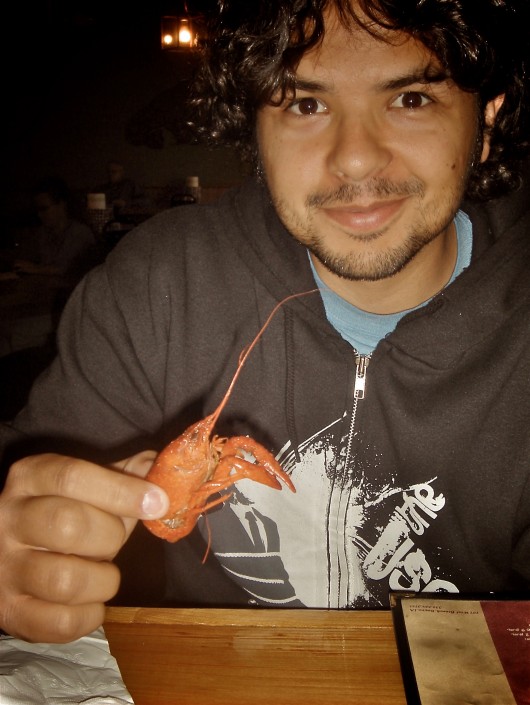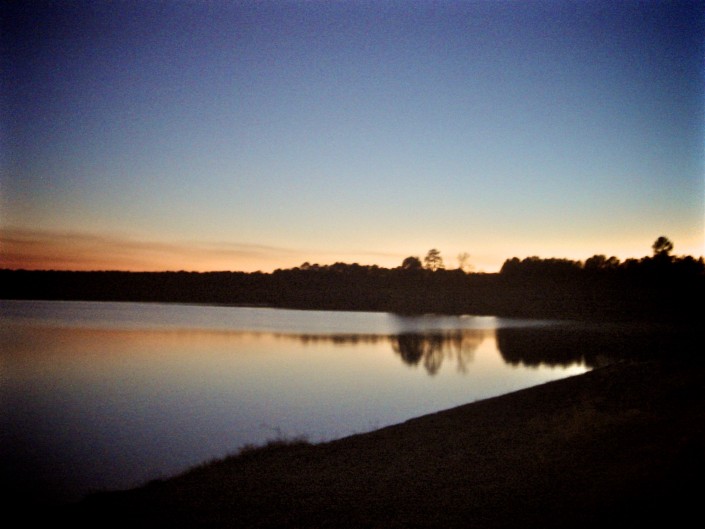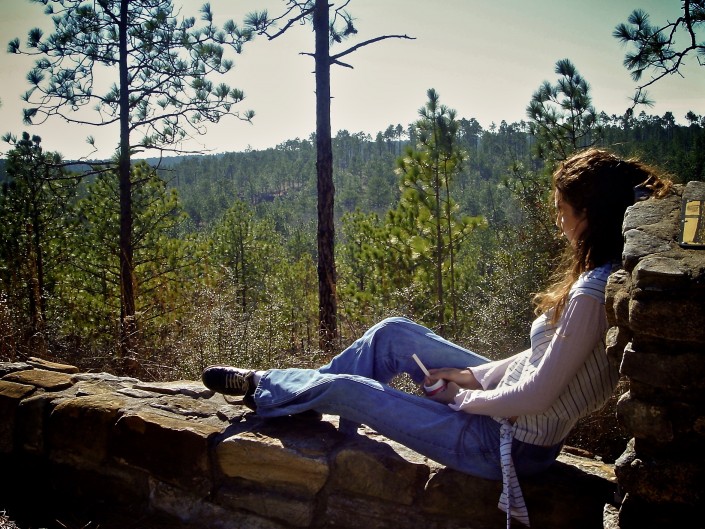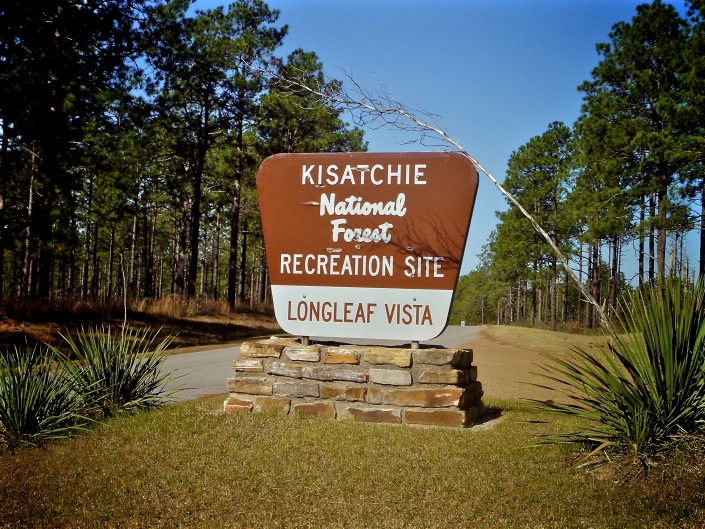
Louisiana. State #10
Sometimes you enter a place without any expectations and leave filled with the most powerful experiences. The colors of Louisiana are that kind of place in this journey. It was six months since hurricane Katrina tore through this stretch of land but on this day, homes remain split in half by fallen trees, trucks and telephone poles. The bearded oak trees rock with clothes of the young and old. Even mattresses have climbed to the highest limbs before the waters retreated. It is an eery and omnious hike through torn sandbags, hand-painted signs and homelessness. New Orleans looks as if it has experienced a nuclear warfare. The news broadcasts all shout about how quickly the city’s terror has been forgotten despite the still very real devastation. However, despite it all, the French Quarter decorates for Mardi Gras, and I can’t decide if it is more a sign that their spirit isn’t broken or an attempt to rebuild the spirit that was, but this passion humbles us.
A stuffed alligator greets visitors at the door of Boudreau & Thibodeau’s Cajun Cookin’ and the atmosphere is kept lively with heavy southern accents and heavy southern opinions! We are now in bayou country where we taste our first Louisiana gumbo and fried gator. The next day, we bravely try to find frog legs in Rayne, which happens to be the frog capital of the world. Unfortunately (or possibly fortunately), we can’t find a single restaurant that actually serves frog. We do enjoy meeting three friendly ladies who direct us to the town’s many murals, which by no surprise, depict scenes of painted and personified frogs. Alfonso dines on crawfish but I can’t get past their beady eyes to take a bite.
Meat pie is the food of Natchitoches, as it is this oldest Louisiana town and this meal was easy to grab and pack while the men were out in the fields. We created our own little self-guided plantation tour as each estate has its own, unique tale and family history but I find myself drawn to one in particular, Melrose Plantation.
As I step up to the iron gate, a veil is lifted from stories of the old south. Within the walls of Melrose Plantation lays timeless themes of hardship, freedom, and hope.
The Melrose Estate tells of its founder, a woman named Marie Therese Coincoin. She was forced into a life of slavery and sold to the Frenchmen, Claude Thomas Pierre Metoyer. Metoyer eventually freed Ms. Coincoin and her ten Franco-African children. Marie Therese and her son, Louis Metoyer received large grants of land, and it was here that Marie Therese and her sons would eventually build the early Louisiana plantation called Melrose.
I am surprised to discover that Marie Therese Coincoin, freed after forty years of slavery, herself purchased slaves to run her plantation. By 1810, her seven sons owned fifty-eight slaves. Suddenly the issue of slavery becomes not so black and white. The influences and expectations of society have such an affect on ones lifestyle and sometimes it is only in hindsight that we realize how devastating it all can be.
When it came time to respond to our experiences in Louisiana, I felt compelled to unveil the irony and harshness of a past world, but also to highlight just the opposite. We discovered in our research that the Melrose plantation is also known to having housed the famous Clementine Hunter. This cook and field hand had found some old brushes from an artist passing through. It was here that she began experimentation with paint. Ms. Hunter later became one of Louisiana’s most famous folk artists. With all of the experiences that Louisiana shared with us, we leave confirmed that just as the constructs of society can create a hardened reality, it can also push us into growth and greatness. It is only our decision to decide which history to shape.



